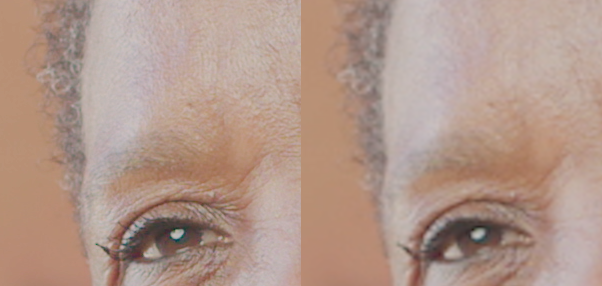
SmallRig lightweight Matte Box vs Tilta Mini matte box.Firecrest Ultra Cine Superslim 2mm filters.Firecrest Cine Superslim Black Supermist diffusion filters.Formatt Hitech Photography Filters reviews.Themify Ultra – remove “powered by WordPress”.Squarespace vs Wix vs WordPress vs Zenfolio vs Pixpa.Force Google to instantly crawl your URL.Score 100 in Google pagespeed insights.Firecrest Magnetic Filter Holder Review.LEE 85mm vs Firecrest 85mm Filter Holder Review.Cokin vs Lee vs Nisi vs Formatt Hitech Firecrest filter holder test.
Topaz video enhance ai vs gigapixel pro#
Formatt Hitech Onyx vs Firecrest Ultra vs Firecrest Pro ND filters.DeNoise AI vs ON1 NoNoise AI 2023 Review.DxO PureRaw 2 why you should be using it.ON1 Photo Raw 2023 Super Select AI Review.ON1 Tack Sharp AI Review and just how good is it?.ON1 Photo Review 2023 Keyword AI Review.ON1 Portrait AI 2023 Review and how good is it?.ON1 NoNoise AI 2023 vs Topaz Denoise AI.Background Removal AI Review & Tutorial.
I thought you meant the processing speed differences in standalone vs. Hope that sheds some light on your question. That was a long-winded explanation, but to answer your question: yes, saving the images through the Lightroom plugin / from the command line will be quicker than saving them in the standalone application. We’ll be adding something soon that allows you to save over the original image when not using it as a plugin, and you’ll see the same processing times if you use that option. There’s a lot of reading / writing that has to happen when duplicating the image that doesn’t happen when saving over the original image. Saving over the original image is quicker than creating a new file and writing the processed image to it. The processing slowdown you’re seeing is a different matter, however. It does this for each subfolder too, so if you have folders inside of the folder you dragged in it’ll take longer.

The slowdown you’re seeing when dragging a folder in is the time it takes for Gigapixel to scan the dragged-in-folder and collect the file paths. It is the same as opening up a command window / terminal and putting this in (Mac will look different but is the same thing): "Topaz Gigapixel AI.exe" C:/path/to/file1.jpg C:/path/to/file2.jpg C:/path/to/file3.jpg When using Lightroom to bring the images in, all it is doing is calling Gigapixel with the file paths as a command line argument. Now I do all processing in Tiff, because the file can be processed countless times. This just demonstrates how limitations can be circumnavigated. Further tests reviled that tiff batches bellow 1500 files could be processed one after another without closing program or reboot. System Limitations: In the use of Premiere and Vegas I find that many plug-ins that would otherwise fail, can work when rendering tiff from tiff. So you can see why I want to hear about lightroom plug-in experience.įrom a users position, you just want to get the job done. This creates a lot of work and is not sustainable. The workaround requires folders named A1000, B2000, C3000 for source and save locations.Įach file set is prefaced with proceeding letter to keep order. I am finding that batches of <=1000 tiff images imports within seconds and processing proceeds at about 2.5-3 seconds/file.ġ0,000+ tiff images locks folder after it is dragged to app and processing proceeds at about 5-6 seconds/file. The only interprocess communication happens when reading / writing the image data, so if you’re processing a very large image (500MB+) you may notice a slowdown when opening the program.


 0 kommentar(er)
0 kommentar(er)
